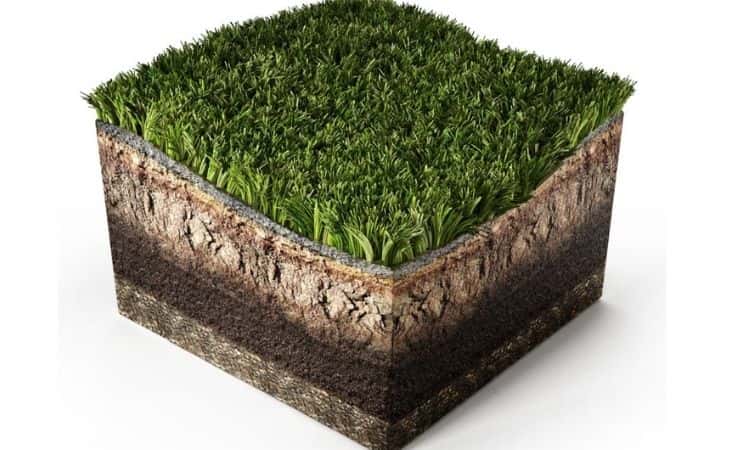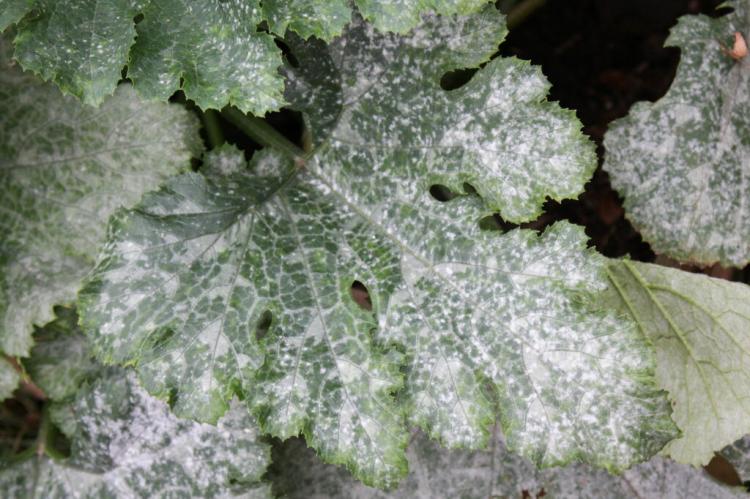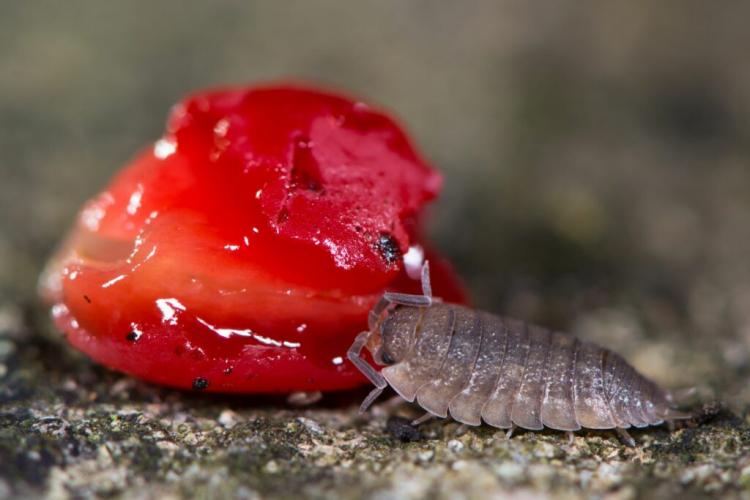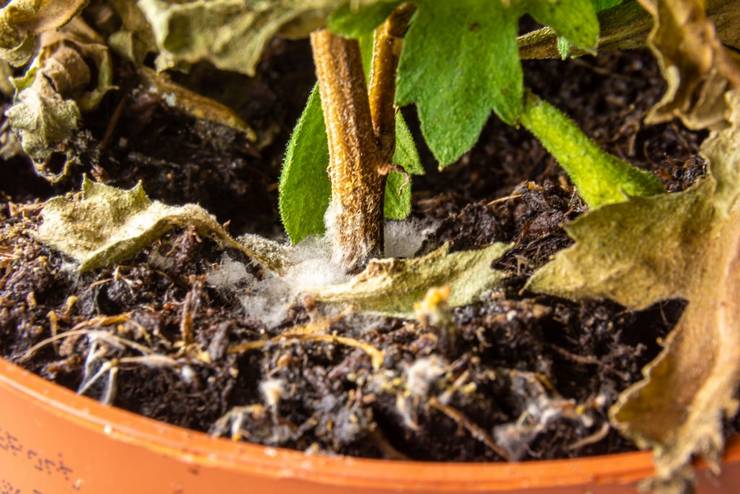Humus Structure In The Garden: Therefore It Affects The Climate Positively
Anyone who builds humus in the garden contributes to climate protection. We explain how the humus build-up helps to reduce CO2 and how to promote humus in the garden. Soils are huge stores of carbon. They do this by forming a humus layer that consists largely of carbon compounds.
But humus building in gardens and agriculture does not only help the climate by binding CO2. Humus in the garden also promises fertile soil and thus vital plants. Reason enough for us to inform you about humus building in the garden and to inspire you for organic fertilizers and climate-friendly potting soils.
Why does humus help to absorb CO2?
Table of Contents
Humus is formed when biomass from plants or animals dies and is decomposed. All these living organisms that can become humus consist largely of carbon. It is therefore possible to store and accumulate carbon in the form of humus in our soils.
Thus biomass becomes fertile humus:
- In the course of photosynthesis, plants fix carbon dioxide (CO2) from the air and thus build up their plant bodies.
- Herbivores exterminate these plants and take up usable carbon compounds in order to build up body mass from them as well.
- Carnivores may eat these herbivores and recycle the carbon for their own use.
- If the carnivore – or the herbivore or the plant – dies, it is first decomposed by various organisms.
- Not everything, but a large part of the carbon bound in the body can be converted by soil organisms to produce humic substances.
- Humic substances are the basis for hummus, which makes our soil fertile and productive.
If the formation of humus in the soil is promoted and its decomposition reduced, carbon is continuously transported into the soil, stored there, and thus removed from the atmosphere.
 However, under certain conditions, humus in the soil can also be quickly decomposed again. In this case, the valuable humic substances evaporate into the atmosphere in the form of carbon dioxide.
However, under certain conditions, humus in the soil can also be quickly decomposed again. In this case, the valuable humic substances evaporate into the atmosphere in the form of carbon dioxide.
What are the consequences of humus depletion?
Thus the contents can remain stable, increase or decrease. However, in modern agriculture and in the course of the drainage of moors for peat extraction, more humus tends to decompose and be converted back into carbon dioxide (CO2) than is newly formed. This is a problem because additional CO2 in the atmosphere further promotes climate change.
Soils with low humus content produce lower yields because they are simply less fertile.
How to promote humus formation in the garden
If you promote the build-up of humus in your own garden, you are doing the environment and yourself a favor. Who does not wish for fertile, healthy soil?
Use of peat-free or peat-reduced planting soils
A simple and effective start is to use peat-free or peat-reduced potting soil. This is because, despite their small surface area, bogs store about one-third of all carbon close to the ground. Draining them to extract peat releases large quantities of carbon dioxide into the air.
Some responsible earthworks rely on a gentle decomposition, rewetting of the areas, or even cultivation of the moor-forming Sphagnum moss. In this way, moors can be revived and resume their work as a CO2 sink.
Organic fertilization and composting to build up the humus layer
An equally simple and important step is the conversion to primarily organic fertilizers. Organic fertilizers provide your plants with all essential nutrients and trace elements over a long period of time. At the same time, they care for the soil and soil life so that humus formation is promoted.
A particularly economical way to produce humus is to purchase your own composter. In this composter, your organic waste is transformed into a valuable fertilizer and soil conditioner at a low cost – you just have to be patient. You can even mix your own compost – we will be happy to show you how.
Building humus in the garden with the right humus management
In our special article on humus management, we explain in detail how humus is built up. There you will learn about the influence of soil growth, nutrient supply, and cultivation on the humus content of your soil.
Summary: How to promote humus building in the garden?
- Use peat-free or peat-reduced potting soil
- Mainly use organic fertilizers
- Produce your own compost
- Enrich humus with the right humus management in the soil






